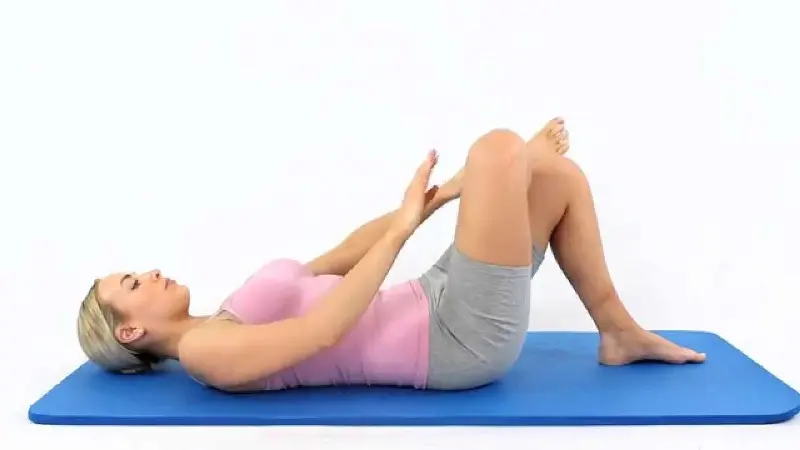
Hip pain is a common issue that can greatly affect one’s quality of life, hindering mobility and daily activities. The hip joint, being large and frequently used, is susceptible to wear-and-tear injuries, inflammation, and degenerative conditions. However, with a comprehensive understanding and approach to exercise, hip pain can be effectively managed and even prevented. This article will delve into the science of hip pain and provide a series of exercises designed to target and alleviate this problem.
Understanding Hip Pain
Hip pain can have various causes, including osteoarthritis, tendinitis, bursitis, fractures, and other conditions that lead to inflammation, degeneration, or injury in the hip joint and surrounding structures. Regular exercise can help reduce symptoms by strengthening the supporting muscles, improving joint mobility, enhancing circulation, and reducing inflammation.
The Importance of Exercise in Managing Hip Pain
Exercise plays a crucial role in managing and mitigating hip pain. By strengthening the muscles that support the hip joint, such as the gluteus medius, gluteus maximus, quadriceps, and iliopsoas, exercise can reduce strain on the hip joint, alleviating pain and improving function. Stronger muscles can bear more load during physical activities, reducing the impact on the joint.
Exercise also enhances flexibility and range of motion, which are vital for maintaining mobility and quality of life. Regular physical activity promotes circulation, delivering more nutrients to damaged tissues and facilitating faster healing.
Exercises for Hip Pain Management
When choosing exercises for hip pain, it’s crucial to focus on low-impact activities that won’t strain the joint. Here are some beneficial exercises:
1. Gentle Hip Rotations
Stand tall and hold onto a support, like a countertop or chair. Lift your right knee towards your chest, then gently rotate it out to the side and down in a circular motion. This exercise helps mobilize the hip joint without adding excessive stress.
2. Seated Hip Stretch
Cross your right ankle over your left knee, allowing your right knee to gently open out to the side. Apply gentle pressure, pressing down on your right knee while maintaining a forward lean from your hips (avoid bending at the waist). Hold this stretch for approximately 30 seconds, then repeat on the opposite side.
3. Bridges
Keep your arms comfortably resting by your sides. Gradually raise your buttocks off the floor until your body forms a straight line from shoulders to knees. Squeeze your buttocks tightly and hold for a few seconds before slowly lowering back down.
4. Standing Hip Abduction
Stand tall and hold onto a support. Keeping your body straight, slowly lift your right leg out to the side as far as comfortable, with your toes pointing forward.
5. Clamshells
Start by lying on your side with your hips and knees bent at a 45-degree angle. Ensure that your feet are kept together throughout the exercise. Gradually lift your top knee as high as comfortably possible without allowing your pelvis to shift. Hold this position briefly, feeling the engagement in your hip muscles, and then slowly lower your knee back to the starting position. This exercise targets hip abduction and can help improve hip stability and strength.
In addition to these exercises, low-impact cardio activities like swimming or cycling can help maintain hip joint mobility without excessive strain.
Safety Measures
Before starting any new exercise routine, consult with a healthcare professional or physiotherapist for a thorough evaluation and guidance on exercises suitable for your condition. Begin with gentle movements and gradually increase intensity as strength and flexibility improve.
Listen to your body and pay attention to pain signals. If an exercise causes pain, stop the activity and seek professional advice. Ignoring pain can lead to further joint or tissue damage.
Conclusion
Managing hip pain requires a comprehensive approach that includes exercise. Regular physical activity strengthens muscles, increases flexibility, improves circulation, and aids in healing. By following an individualized and progressive exercise program, along with professional guidance, hip function can improve, leading to a higher quality of life. However, it’s essential to exercise with caution, be patient, and respect your body’s signals to prevent worsening the condition.







